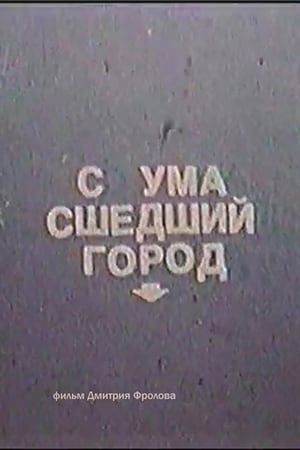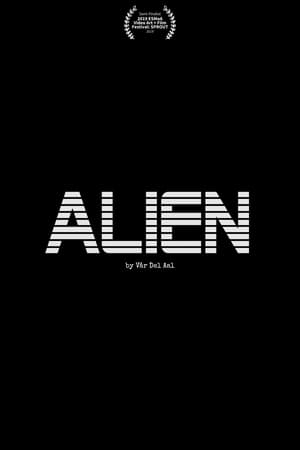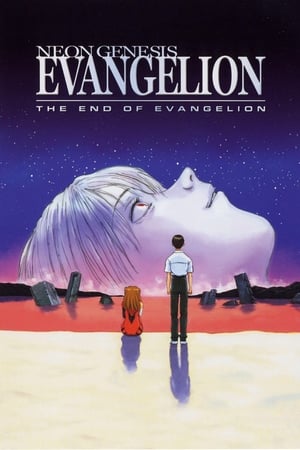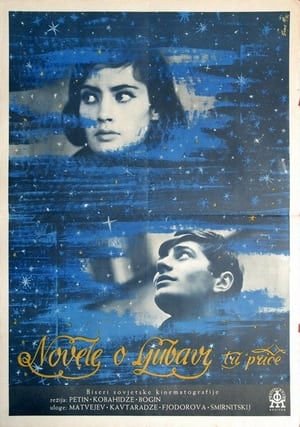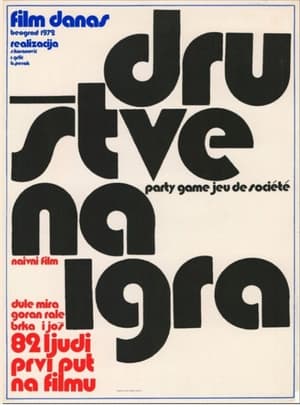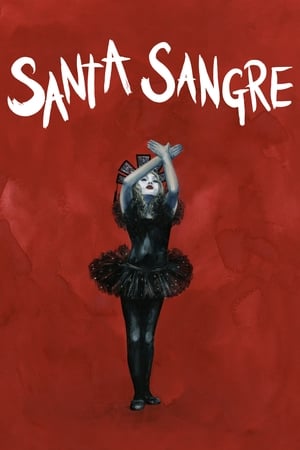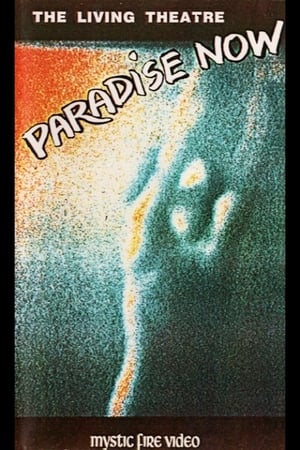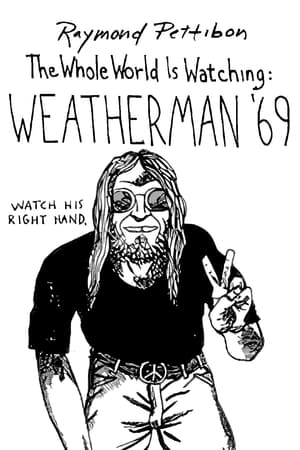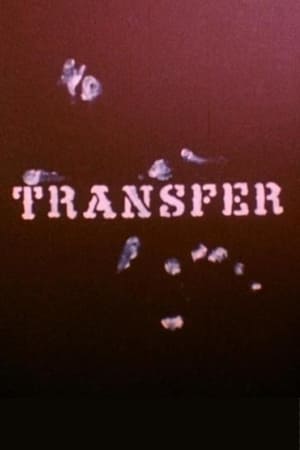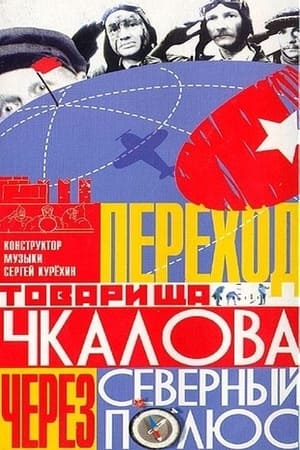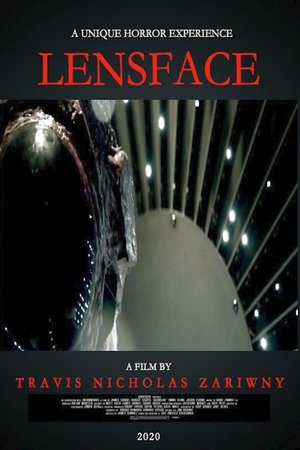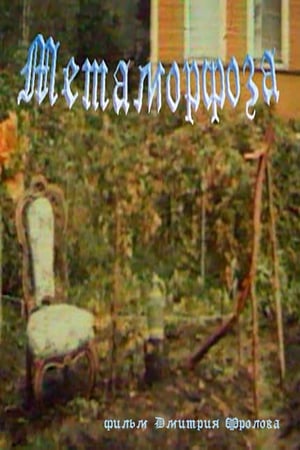Overview
An experimental film featuring a split screen. On the right, a number of people appear moving upwards - symbolizing the ruling class. On the left, we see a production line in a factory, where the products of human labor pass by. Towards the end, the products become human body parts. The film adaptation of Karl Marx's Capital.

 105 min
105 min
 0
0
 1974
1974
 Greece
Greece
